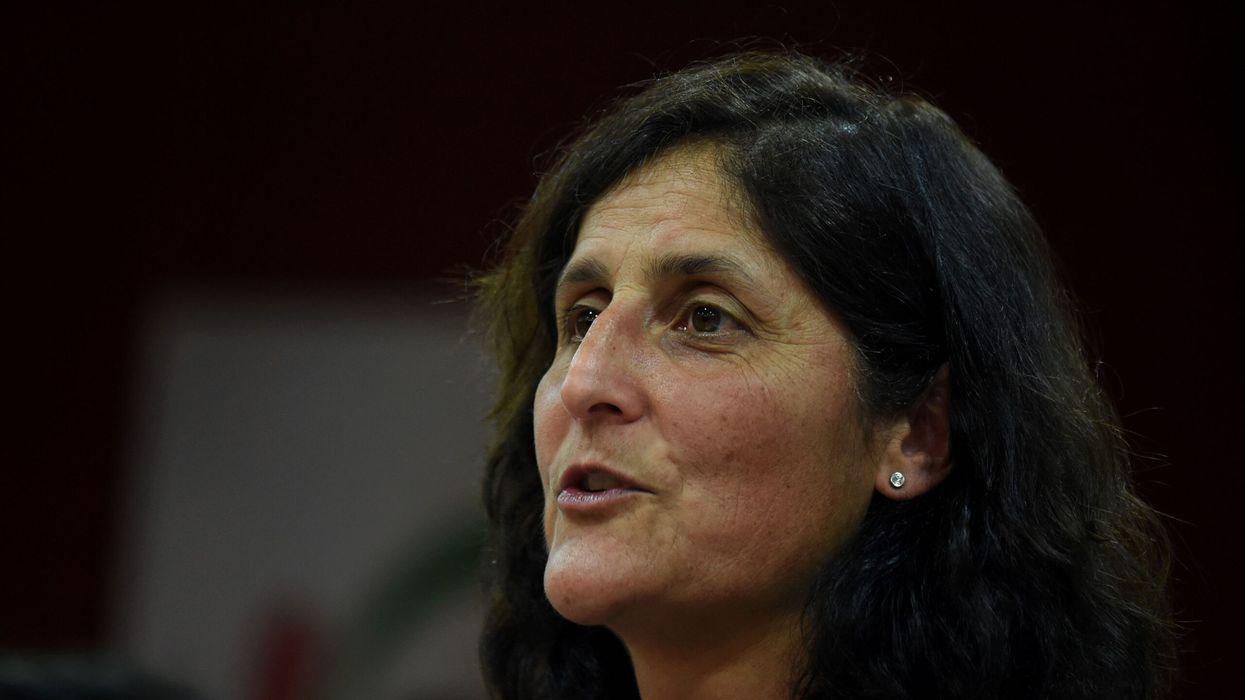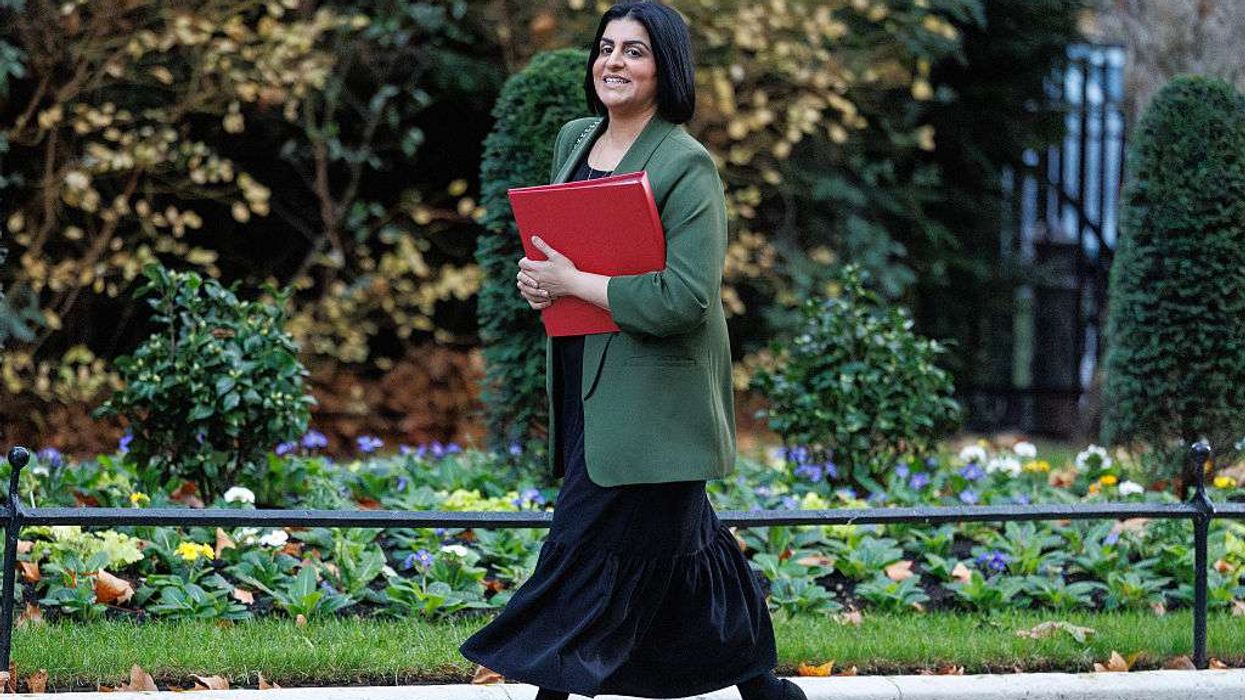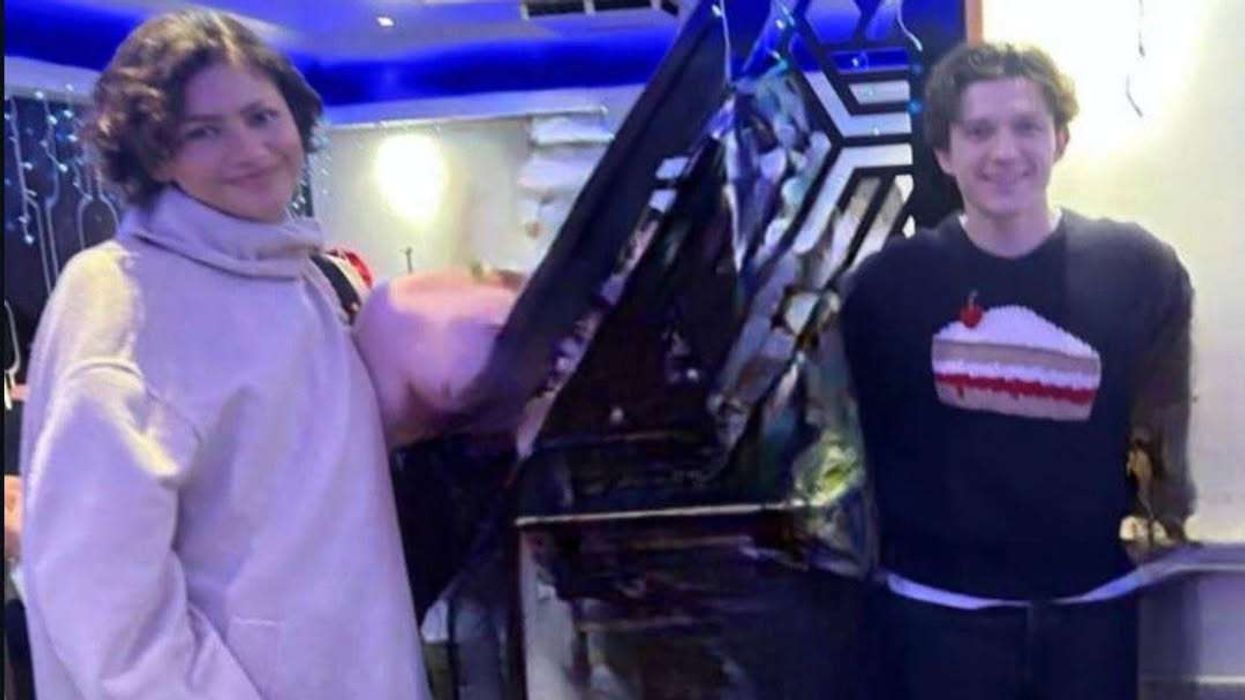THE long-awaited first crewed test flight of Boeing's Starliner spacecraft was called off for at least 24 hours over a technical glitch with the Atlas V rocket that was being readied to launch the new astronaut capsule to orbit on Monday (6) night.
The CST-100 Starliner's inaugural voyage carrying astronauts to the International Space Station (ISS) has been highly anticipated and much-delayed as Boeing scrambles to compete with Elon Musk's SpaceX for a greater share of lucrative NASA business.
It comes two years after the gumdrop-shaped capsule completed its first test flight to the orbital laboratory without humans aboard. The Starliner's first uncrewed flight to the ISS in 2019 ended in failure.
Its latest flight was scrubbed with less than two hours left in the countdown as the capsule stood poised for blastoff from NASA's Kennedy Space Center in Florida atop an Atlas V rocket furnished by United Launch Alliance, a Boeing-Lockheed Martin joint venture.
The postponement, attributed to an issue with a valve in the Atlas rocket's second stage, was announced during a live NASA webcast.
It was not immediately clear how long the issue would take to address, but the next available launch windows for the mission are Tuesday, Thursday and Friday nights.
The two-member crew — NASA astronauts Barry "Butch" Wilmore, 61, and Sunita Williams, 58 — had been strapped into their seats aboard the spacecraft for about an hour before launch activities were suspended.
They were subsequently assisted safely out of the capsule by technicians and whisked away from the launch complex in a van to await a second flight attempt once the issue has been resolved.
It is not uncommon in the space industry for countdowns to be halted at the 11th hour and for launches to be postponed for days or weeks, even when seemingly minor malfunctions or unusual sensor readings are detected, especially in new spacecraft flying humans for the first time.
Boeing faces intense public scrutiny of all its activities after its commercial airplane operations have been staggered by several crises, including the mid-air blowout of a plane door plug in January.
The company has been eager to get its Starliner space venture off the ground to show signs of success and redeem a program years behind schedule with more than $1.5 billion (£1.2bn) in cost overruns.
While Boeing has struggled, SpaceX has become a dependable taxi to orbit for NASA, which is backing a new generation of privately built spacecraft that can ferry its astronauts and other customers to the ISS and, under the space agency's more ambitious Artemis programme, to the moon and eventually Mars.
Though Boeing has been relatively mute about its plans to sell commercial Starliner flights, the spacecraft would compete head-to-head with SpaceX's Crew Dragon capsule, which since 2020 has been NASA's only vehicle for sending ISS crew to orbit from US soil.
Selected to ride aboard Starliner for its first crewed flight were two NASA veterans who have logged a combined 500 days in space over the course of two previous missions each to the space station. Wilmore is the designated commander for Monday's flight, with Williams in the pilot seat.
Although Starliner is designed to fly autonomously, the astronauts can assume control of the spacecraft if necessary. The test flight calls for Wilmore and Williams to practice maneuvering the vehicle manually while en route to the ISS.
Ironically, the flight would mark the first crewed voyage to space using an Atlas rocket since the storied series of launch vehicles first sent astronauts, including John Glenn, on orbital flights for NASA's Mercury programme in the 1960s.
Once launched, the capsule will arrive at the space station after a flight of about 26 hours and dock with the orbiting research outpost some 250 miles (400 km) above Earth. A resident ISS crew, currently comprising four US astronauts and three Russian cosmonauts, will be there to greet them.
Wilmore and Williams are expected to remain at the space station for about a week before riding the Starliner back to Earth for a parachute and airbag-assisted landing in the US Desert Southwest - the first time such a system has been used for crewed NASA missions.
(Reuters)













